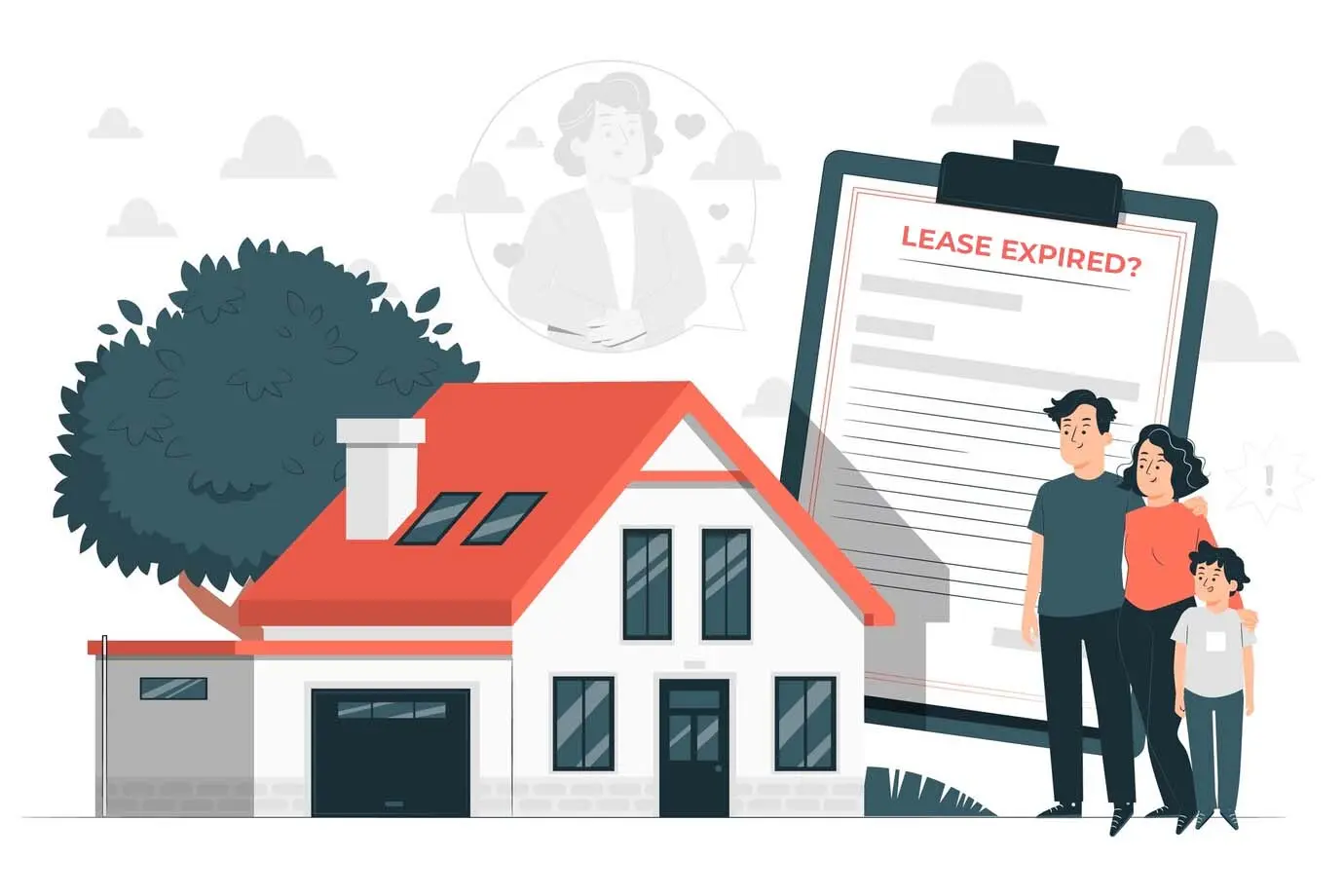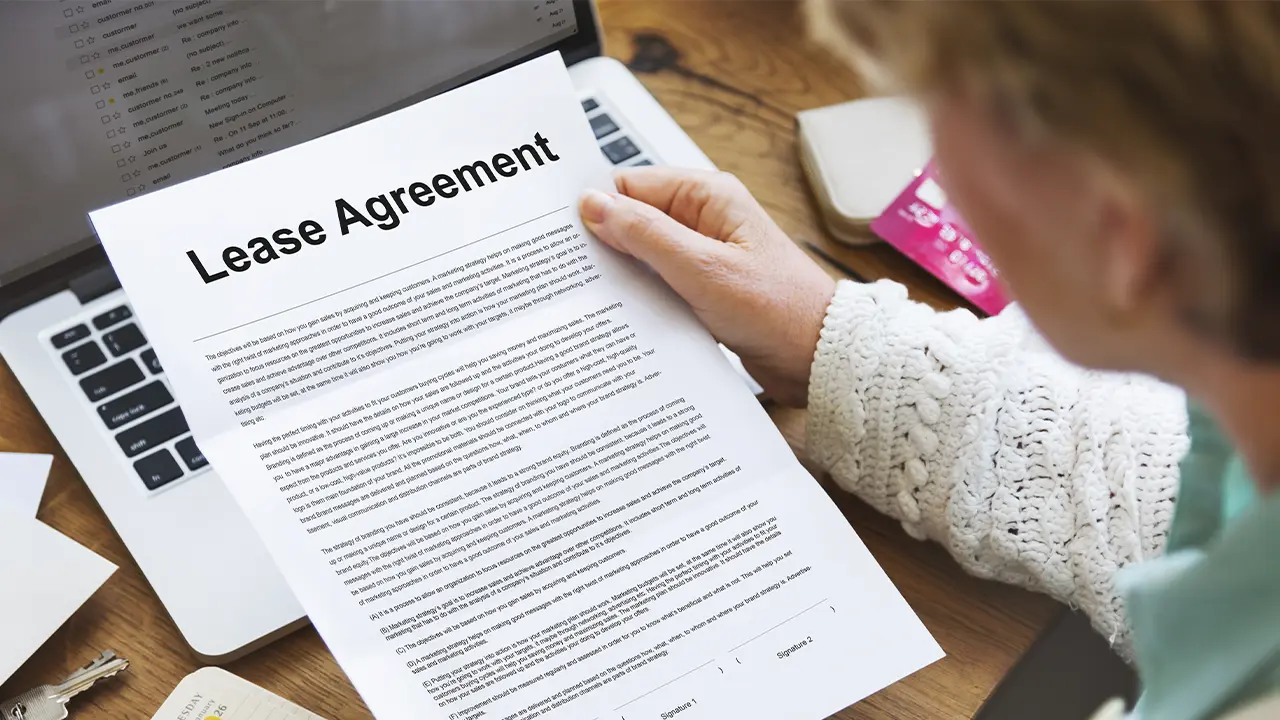The endeavour of buying the freehold of a leasehold house is a multifaceted and often costly undertaking, yet one that many leaseholders consider obtaining greater control over their property. In this comprehensive guide, we will delve into the various factors that influence the cost of procuring the freehold of a leasehold house, furnish insightful information, and incorporate relevant statistics to empower you with the knowledge needed to make an informed decision.
Understanding Leasehold and Freehold
Before we embark on an exploration of the expenses associated with acquiring the freehold, it’s imperative to gain a thorough understanding of two fundamental property terms:
Leasehold:
In the United Kingdom, a leasehold property signifies ownership of the structure but not the land on which it stands. It entails holding a lease with a predetermined term from the freeholder, granting the right to occupy the property for a set number of years, ranging from decades to centuries.
Freehold:
Contrarily, a freehold property confers complete ownership of both the property and the land it is situated on. Freehold owners are not bound by lease terms, enjoying unrestricted control over their property.
Purchasing the freehold of a leasehold house equates to converting one’s leasehold interest into full freehold ownership.
Factors Affecting the Cost of Freehold Acquisition
The cost of acquiring the freehold of a leasehold house varies significantly, contingent on several pivotal factors. Let’s dissect these factors to gain a comprehensive insight into their influence on the overall expense:
Property Value: The prevailing market value of your property wields significant influence. A higher property value equates to a more expensive freehold acquisition.
Remaining Lease Term: The length of the remaining lease on your property is a critical determinant. A property with a shorter lease typically entails a higher cost for procuring the freehold than one with a lengthy lease.
Ground Rent: The annual fee paid to the freeholder, known as ground rent, can be a significant cost factor. Exorbitant ground rent has the potential to inflate the cost of obtaining the freehold and, in certain instances, could render it financially unviable.
Legal and Surveyor Fees: Engaging the services of a solicitor and a surveyor to oversee the legal and valuation aspects of the process is essential. These fees constitute a substantial cost component in the freehold acquisition.
Negotiation and Valuation Costs: Before embarking on the process, negotiation with the freeholder may be necessary. This may involve added legal and valuation expenses, contingent on the complexity of your case.
Location: The geographic location of your property plays a role in determining the cost. Properties situated in prime urban areas or cities often command a higher price for freehold purchase.
Additional Costs: Other potential costs to be mindful of include lease extension premiums, stamp duty, and Land Registry fees.

Calculating the Cost
To estimate the cost of procuring the freehold, it is prudent to follow these steps:
Valuation: Solicit the expertise of a chartered surveyor to ascertain the current market value of your property. This valuation is pivotal in determining the purchase price and encompasses the marriage value (an increase in property value upon amalgamating the lease and freehold).
Negotiation: Commence negotiations with the freeholder to determine a mutually agreeable price. Engaging a solicitor specialised in leasehold enfranchisement is advisable to ensure equitable terms.
Legal Fees: Account for legal fees pertaining to both parties, encompassing your solicitor’s and the freeholder’s legal costs. According to the HomeOwners Alliance, these fees may range from £1,500 to £3,000 or potentially higher.
Surveyor Fees: Surveyor fees can vary but generally fall within the £500 to £1,500 range. Surveyors are instrumental in accurately assessing the property’s value.
Lease Extension Premium: Should your lease have fewer than 80 years remaining, a concurrent lease extension is necessary, incurring additional costs.
Stamp Duty: Depending on the property’s price and location, stamp duty may be applicable to the freehold purchase.
Land Registry Fees: Fees are incurred when registering the change in property ownership with the Land Registry and are typically nominal.
Mortgage Lender Costs: In the event of an existing mortgage on the property, it is advisable to inform the lender of your intention to acquire the freehold. They may levy charges for consent or valuation.
Statistics and Trends
Acquiring a grasp of the current landscape of leasehold enfranchisement in the United Kingdom can furnish invaluable insights. Here, we present some statistics and trends:
The Number of Leasehold Properties: In the UK, according to the Leasehold Knowledge Partnership, there are approximately 4.3 million residential leasehold properties.
Leasehold Reform: The UK government has enacted numerous reforms to leasehold legislation to safeguard the rights of leaseholders. These reforms are geared toward making leasehold enfranchisement more accessible and cost-effective.
Average Lease Extension Costs: The cost of extending a lease is a critical factor when acquiring the freehold.
Controversy Surrounding High Ground Rent: The contentious issue of onerous ground rent clauses in leasehold contracts has drawn significant attention. The government has instituted measures to prohibit the creation of new leasehold houses with burdensome ground rent terms.
Also Read Ground Rent Scandals: What You Need to Know
Escalating Interest in Freehold Acquisition: A substantial number of leaseholders are exploring the possibility of purchasing their freehold, particularly when grappling with complications related to leasehold management companies and exorbitant ground rents.
Regional Disparities: Costs and procedures can differ across regions within the UK. Properties located in London and other prime areas often exhibit higher market values, thereby resulting in pricier freehold acquisitions.
Legal Framework for Leasehold Enfranchisement
Comprehending the legal framework governing leasehold enfranchisement in the UK is pivotal for a successful journey towards acquiring the freehold. The relevant laws and regulations serve as the guiding principles for both leaseholders and freeholders.
The Leasehold Reform, Housing, and Urban Development Act 1993
The seminal piece of legislation that profoundly influences leasehold enfranchisement in the United Kingdom is the Leasehold Reform, Housing, and Urban Development Act 1993. This act, as amended by the Commonhold and Leasehold Reform Act 2002, delineates the rights and procedures available to leaseholders seeking to procure the freehold of their property.
Key provisions encapsulated within this act encompass
Qualification Criteria:
- Eligibility for leasehold enfranchisement necessitates meeting specific criteria. These generally encompass:
- Holding leasehold ownership of a qualifying property.
- Possessing a long lease, customarily with a term exceeding 21 years at the inception.
- Maintaining a minimum of two years’ leasehold ownership.
Valuation:
The act prescribes the methodology for establishing the freehold’s price. This involves the assessment of the property’s open market value, integration of marriage value (an uplift in property value upon the consolidation of lease and freehold), and the consideration of ancillary factors, such as ground rent and any enhancements implemented by the leaseholder.
Notice and Response:
The process is set in motion as the leaseholder serves an initial notice on the freeholder, indicating the intent to acquire the freehold. The freeholder is accorded a specified timeframe to furnish a response, either consenting or dissenting from the offer. In the event of non-consent, the leaseholder has recourse to the First-tier Tribunal to ascertain the acquisition terms.
Also, Read Section 13 Notice – Buying Your Freehold
The Right of First Refusal:
When multiple leaseholders within a block of flats seek to collectively purchase the freehold, the Leasehold Reform Act confers upon them the right of first refusal. This signifies that if the freeholder desires to sell, they must first extend the opportunity to the leaseholders to make the initial purchase.
Lease Extension: The cost of lease extension is amalgamated into the overall calculation of the freehold purchase price.
Timeframes: The act prescribes precise timeframes for each phase of the process, ensuring expeditious progression and equitable treatment of both parties.
Impact of Recent Reforms
In contemporary times, the UK government has ushered in substantial reforms to enhance the leasehold enfranchisement process and bestow enhanced rights and protections upon leaseholders. Here are some prominent reforms and proposed changes:
Ban on New Leasehold Houses: A proposal to proscribe the creation of new leasehold houses encompassing oppressive ground rent terms has already been enacted by the government. This initiative is designed to shield buyers from inequitable ground rent clauses and render freehold acquisition more attainable for leaseholders.
Commonhold: The government is actively exploring the introduction of commonhold as an alternative form of property ownership that eliminates the need for leasehold. Commonhold empowers property owners to collectively manage their buildings without necessitating a separate freeholder.
Simplification of the Enfranchisement Process: Calls for streamlining and simplifying the leasehold enfranchisement process to render it more cost-effective and accessible to leaseholders are resonating. Proposals include the capping of ground rent and the enhancement of process transparency.
Reform of the Tribunal System: Deliberations concerning amendments to the First-tier Tribunal system are ongoing with the goal of augmenting the efficiency of leasehold disputes and enfranchisement cases.
Conclusion
The acquisition of the freehold of a leasehold property is a momentous decision that necessitates a profound understanding of the legal framework and associated costs. The Leasehold Reform, Housing, and Urban Development Act 1993, in conjunction with contemporary reforms, plays an instrumental role in defining the rights and responsibilities of leaseholders and freeholders in the United Kingdom.
As a leaseholder, it is imperative to be well-versed in your rights and obligations and seek professional guidance when required. Contact Leasehold Valuations for detailed calculations and expert negotiations.









